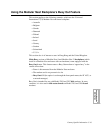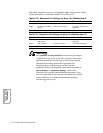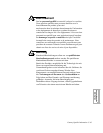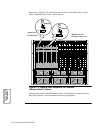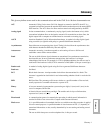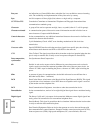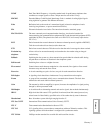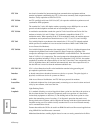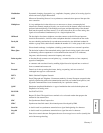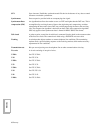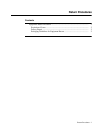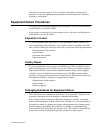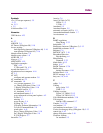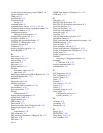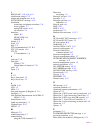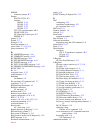
Glossary-5
Glossary
Modulation Systematic changing of properties (e.g., amplitude, frequency, phase) of an analog signal to
encode and convey digital information.
MNP Microcom Networking Protocol. An asynchronous communications protocol that provides
error correction.
Multiplexer (1) Any multiport device that allows two or more users to share a common physical
transmission channel; employed in pairs, one at each end of the channel, where each device
performs both multiplexing of the multiple user inputs and demultiplexing of the channel
back into the separate user data streams. (2) A device that allows two or more analog data
signals to be transmitted simultaneously over a single telephone line.
Off-hook The description for when a telephone or modem connects to the dial line and presents
electrical characteristics, similar to when a telephone handset is removed from the cradle.
Parity bit An error-checking mechanism for asynchronous transmission. An additional nondata bit
added to a group of bits, that indicates whether the number of 1’s in the group is odd or even.
PBX Private branch exchange. A telephone switching system located on a customer’s premises.
Phase jitter The deviation in phase of the transmitted analog signal from its timing signal; often caused
by alternating current components in a telecommunications network. It is continuous,
long-term, and often nearly constant in frequency and severity.
Point-to-point A line that directly connects two end points (e.g., a remote location to a host computer);
opposite of multipoint.
Port A connector and associated circuitry enabling digital data to be injected into or retrieved
from a communications network.
Protocol Formal set of rules governing the format, timing, sequencing, and error control of
exchanged messages on a data network.
PSTN Public Switched Telephone Network.
PTT Postal Telegraph and Telephone. Government authority (in many European companies) that
typically operates the public telecommunications network, sets standards and policies, and
negotiates communications issues internationally for a particular country.
QAM Quadrature Amplitude Modulation. A type of modulation that varies both the phase and
amplitude of an analog wave.
RS-232-D See EIA/TIA 232-D.
RTS Request To Send. The signal from a terminal to its co-located modem that prepares the
modem for data transmission.
SDC See Synchronous Data Compression.
SDLC Synchronous data link control; bit-oriented protocol developed by IBM.
Start bit A data bit used in asynchronous transmission to signal the beginning of a character.
Stop bit A data bit used in asynchronous transmission to signal the end of a character.
STX Start of text control character. Designates the start of a message's text as well as (usually) the
end of the message heading.



